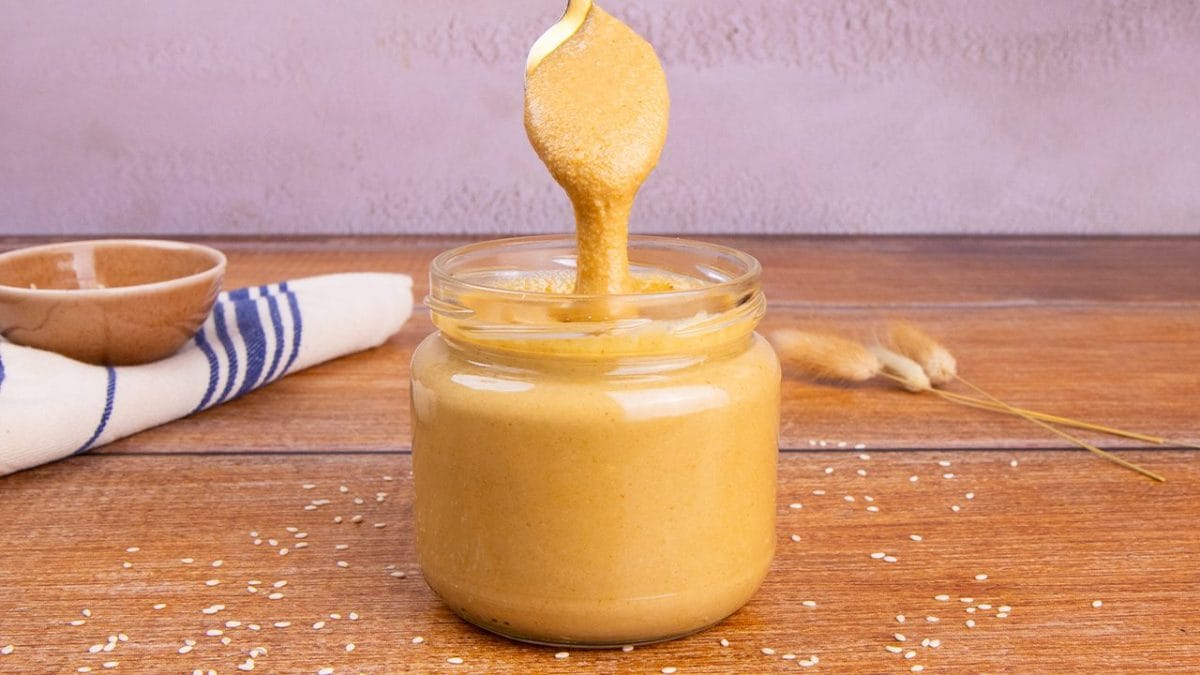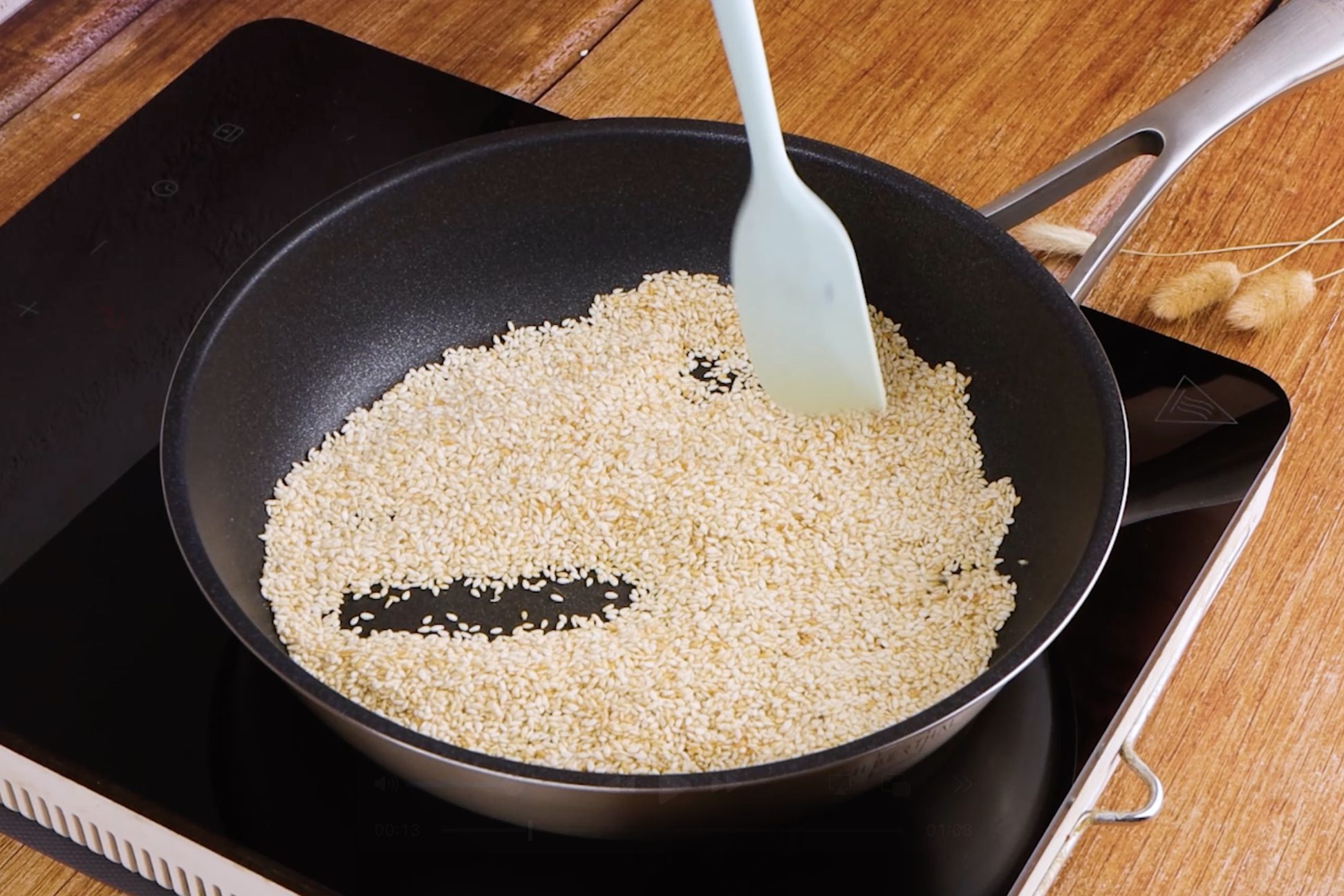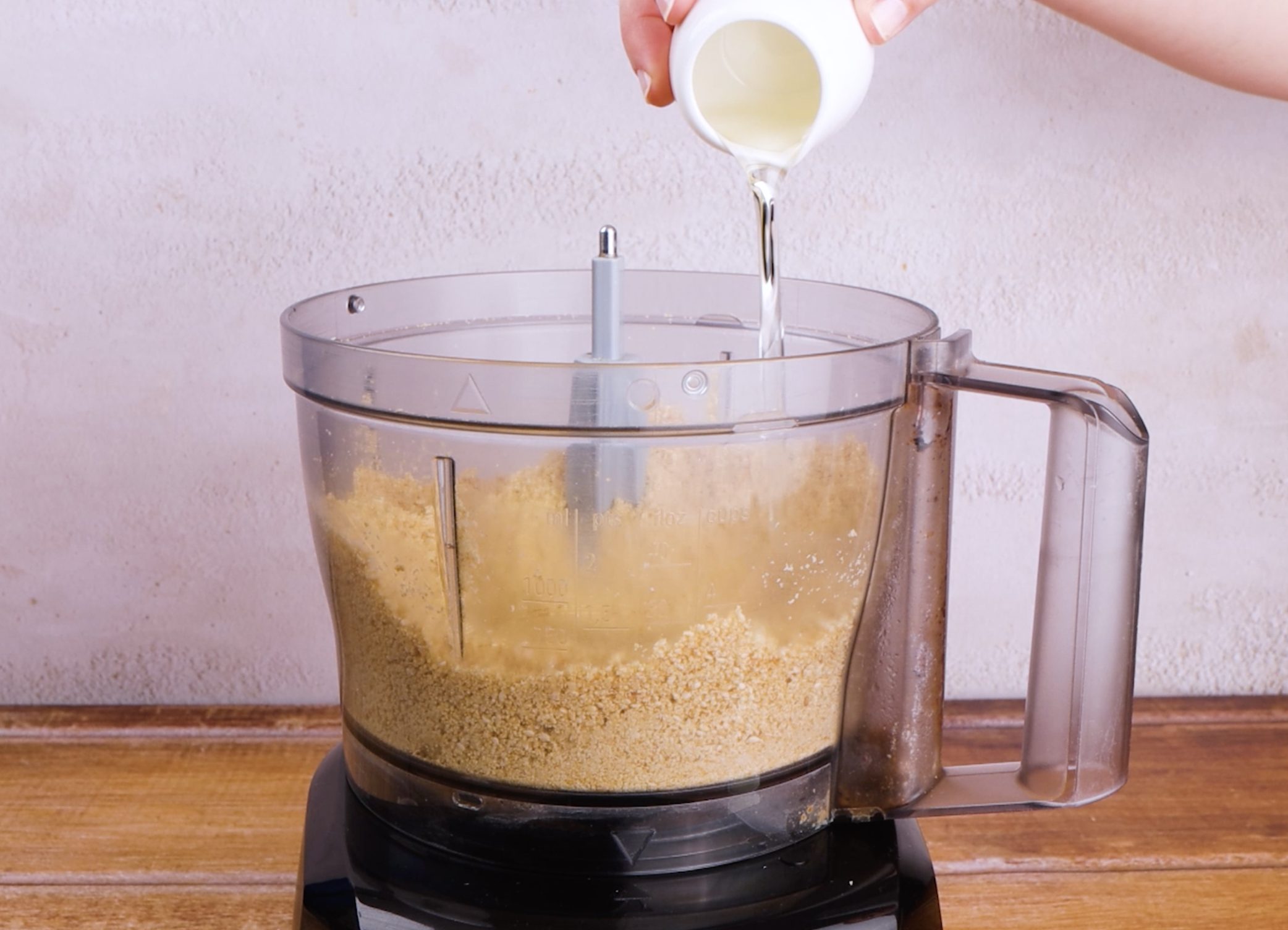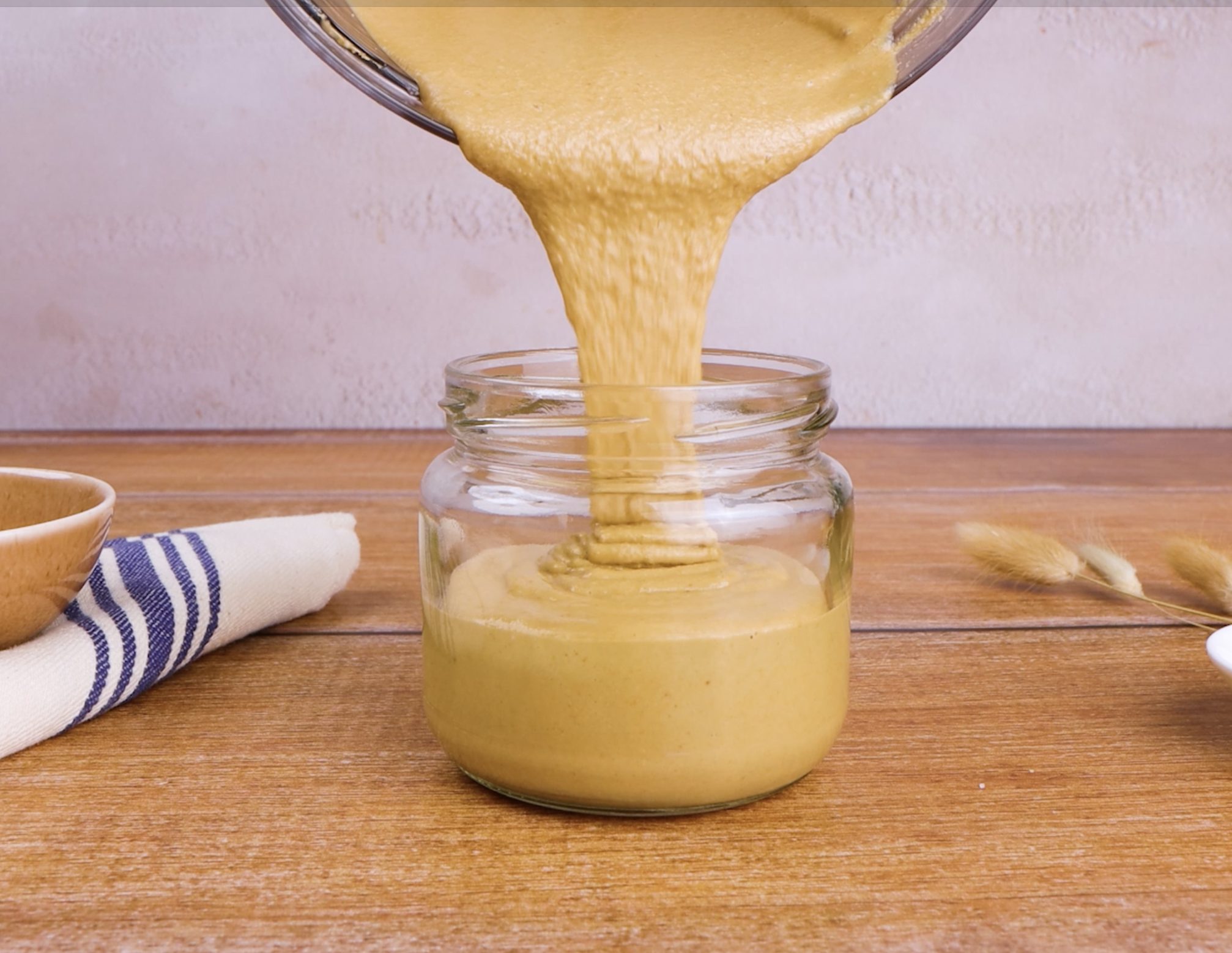
Tahini is a rich, creamy paste made from toasted sesame seeds, often used in Middle Eastern and Mediterranean cuisines. Whether you're preparing hummus, salad dressings, or dips, homemade tahini delivers unmatched freshness and flavor. This easy recipe is perfect for home cooks looking to elevate their pantry staples with minimal effort.
What Is Tahini?
Tahini is a traditional Middle Eastern condiment made by grinding toasted sesame seeds into a smooth paste. Its origins trace back thousands of years, with references in ancient Mesopotamian and Persian texts. Today, tahini is a key ingredient in iconic dishes like hummus, baba ghanoush, and halva. Its rich, nutty flavor and creamy texture make it a staple in many global kitchens.
Why Everyone Will Love This Recipe
- Homemade tahini boasts a deeper, more complex flavor than most store-bought versions. It’s:
- Versatile—use it in both savory and sweet dishes.
- Incredibly easy—requires just 3 ingredients.
- Customizable—adjust the consistency and salt level to taste.
- A great make-ahead condiment.
Cooking Tips
- Toasting technique: Toast sesame seeds gently over medium heat—avoid browning too much, which can make the tahini bitter.
- Oil selection: While vegetable oil is neutral and works well, you can experiment with light olive oil or grapeseed oil for subtle flavor differences.
- Consistency control: Blend longer for a silkier paste; add a bit more oil if it seems too thick.
- Storage tip: Always use a clean spoon to scoop tahini to prevent spoilage.
Frequently Asked Questions
What Kind of Sesame Seeds Should I Use?
Use hulled sesame seeds for a smoother, milder tahini. Unhulled seeds yield a more robust, slightly bitter paste.
Can I Use Olive Oil Instead of Vegetable Oil?
Yes! Light olive oil is a great alternative if you prefer a hint of fruity flavor.
Is Tahini Healthy?
Absolutely! Tahini is rich in healthy fats, plant-based protein, and important minerals like calcium, magnesium, and iron. Just enjoy it in moderation, as it’s calorie-dense.
Why Is My Tahini Bitter?
Over-toasting the sesame seeds can cause bitterness. Toast them just until fragrant and lightly golden.
Can I Make Tahini Without Oil?
Technically yes, but the paste may be thicker and harder to blend. Adding a small amount of oil improves texture and consistency.
How to Freeze
To freeze tahini:
- Portion it into ice cube trays or small airtight containers.
- Freeze for up to 3 months.
- Thaw overnight in the refrigerator before using. Stir well to recombine any separation.
How to Store
Allow the tahini to cool completely after blending. Transfer it to a clean, airtight glass jar and store it in the refrigerator. Homemade tahini will stay fresh for up to 1 month. Stir well before each use, as natural separation may occur.
Ingredients
How To Make Tahini
;Resize,width=712;)
Toast the sesame seeds:
Place the sesame seeds in a dry pan over medium heat. Toast them gently, stirring constantly, until fragrant and lightly golden. Avoid dark browning. Remove the pan from heat and let the sesame seeds cool for a few minutes.
Toast the sesame seeds:
Place the sesame seeds in a dry pan over medium heat. Toast them gently, stirring constantly, until fragrant and lightly golden. Avoid dark browning. Remove the pan from heat and let the sesame seeds cool for a few minutes.
;Resize,width=712;)
Blend:
Transfer the cooled sesame seeds to a food processor. Blend at medium speed until the seeds break down into a crumbly paste. Pour in the vegetable oil and add a pinch of salt. Continue blending until the mixture turns into a smooth, pourable tahini paste. If desired, add a bit more oil for a thinner consistency.
Blend:
Transfer the cooled sesame seeds to a food processor. Blend at medium speed until the seeds break down into a crumbly paste. Pour in the vegetable oil and add a pinch of salt. Continue blending until the mixture turns into a smooth, pourable tahini paste. If desired, add a bit more oil for a thinner consistency.
;Resize,width=712;)
Store:
Transfer the tahini to a glass jar, seal with a lid, and refrigerate.
Store:
Transfer the tahini to a glass jar, seal with a lid, and refrigerate.

;Resize,width=767;)
